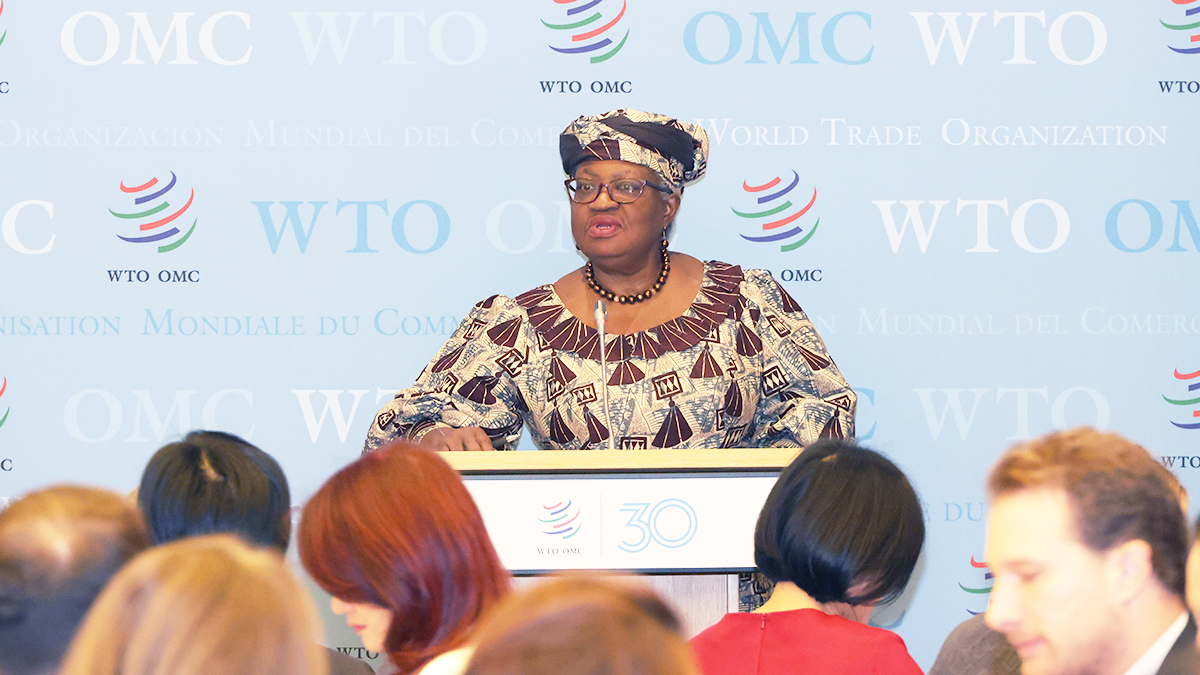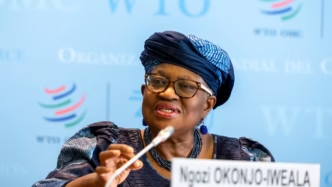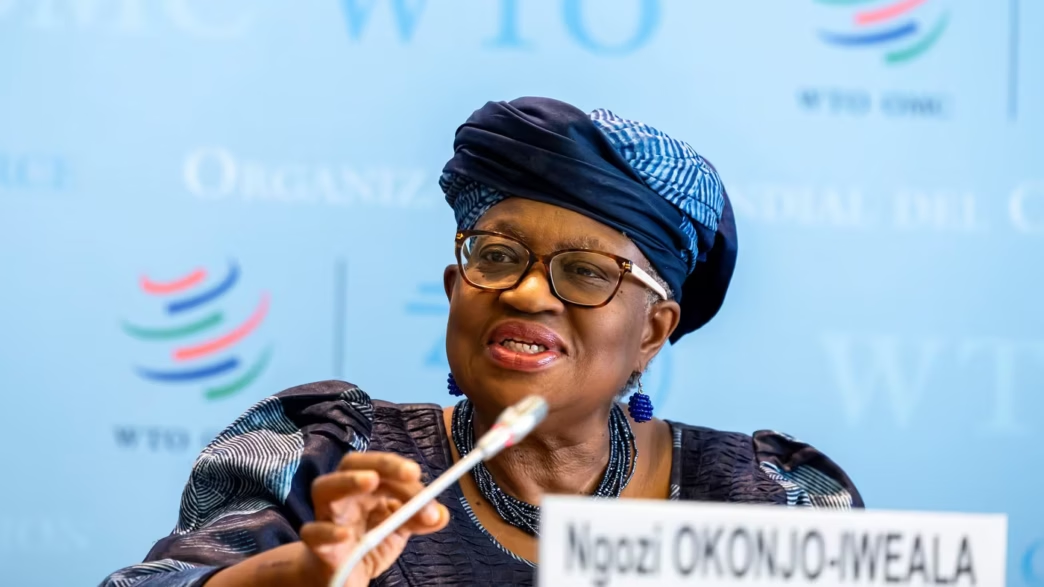The World Trade Organisation (WTO) has raised its prediction for global trade growth in 2025, primarily due to the boom in exports of AI-related goods and companies rushing to ship products to the U.S. ahead of new tariffs under President Donald Trump’s administration.
In its updated global trade outlook published Tuesday, the WTO said merchandise trade volumes are now expected to grow by 2.4 per cent in 2025, up sharply from its 0.9 per cent forecast in August.
However, the organisation warned that growth will slow dramatically to 0.5 per cent in 2026, as the full impact of the new U.S. tariffs begins to take hold.
“Global merchandise trade outpaced expectations in the first half of 2025, driven by increased spending on AI-related products, a surge in North American imports ahead of tariff hikes, and strong trade among the rest of the world,” the WTO said.
Since returning to the White House in January, Trump has rolled out multiple waves of tariffs, including a 10 per cent blanket levy on all imports to the U.S. since April, with steeper rates on selected economies.

The WTO noted that these measures have created “exceptional volatility” in global trade projections, prompting several revisions to its forecasts this year.
WTO Director-General Ngozi Okonjo-Iweala said the resilience shown by global trade this year was driven largely by demand for AI-related products such as semiconductors, servers, and telecommunications equipment, which accounted for 42 per cent of trade growth despite making up only 15 per cent of total global trade.
However, Okonjo-Iweala cautioned against complacency, warning that “today’s disruptions to the global trade system are a call to action for nations to reimagine trade and lay a stronger foundation for shared prosperity.”
She also praised countries for avoiding a full-blown tariff war by refraining from retaliatory measures reminiscent of the 1930s.
Looking ahead, the WTO expects all major regions to experience weaker import performance in 2026 due to higher tariffs and policy uncertainty.
Global GDP growth is forecast at 2.7 per cent in 2025 and 2.6 per cent in 2026, while services exports are set to slow from 6.8 per cent last year to 4.6 per cent in 2025 and 4.4 per cent in 2026.
“There is so much uncertainty it is hard to be conclusive,” Okonjo-Iweala said, noting that while trade has proved surprisingly resilient, the long-term impact of escalating tariffs remains unpredictable.


 Trending
Trending 











